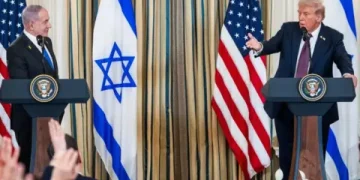The rupee’s troubles just do not seem to end. The currency experienced a fresh low of 70.20 per dollar – an all-time low Thursday. After opening sharply lower, it extended its fall and depreciated as much as 42 paise to hit intraday all time low of 70.32 a dollar. The latest factor driving the downward spiral of the Indian currency is the Turkey crisis and a strong demand for US dollar. The rupee had hit 70 for the first time Thursday, falling 15 paise intraday to touch intraday low of 70.08 a dollar. A sharp depreciation of Turkish lira after the US imposed tariffs on steel and aluminum imports of Turkey and a strong demand to the American currency. Intervention by the Reserve Bank of India during the day had helped the rupee recover and closed 3 paise higher at 69.90 a dollar. The Indian currency has lost more than 9 per cent this year, out of which the last 15 days has accounted for around 2 per cent. In the last two trading sessions along, it fell by 1.90 per cent. Turkey and concerns about trade war with the world’s second largest economy, China, have been troubling most currencies in the emerging markets. The dollar index against a basket of six major currencies stood at 96.58 after rising to a 13-month high of 96.984 Wednesday. Experts believe, the rupee will continue to depreciate and it may fall to 72 a dollar in short to medium term. This will widen the trade deficit gap and go on to have an adverse impact on the current account deficit (CAD). The trade deficit for July widened to a more than five-year high of $18.02 billion, driven by a surge in oil imports. If it keeps this pace, it will well shoot the budgeted target of keeping the CAD within 2 per cent of the GDP.
There are several reasons for the fall in rupee’s value. The spike in crude oil price is a major cause dragging the rupee. India heavily depends on imported crude oil and more than 80 per cent of our oil consumption is met through imports. The rise in crude oil rates results in a higher import bill widening the current account deficit. Every rupee change in the exchange rate against the US dollar impacts India’s crude oil import bill by `108.8 billion ($1.58 billion). A relative improvement in the US economy and weak macroeconomic indicators in India have combined to push overseas investors to pull out investments from the Indian markets. In the first six months of 2018, foreign investors have pulled out about `50,000 crore from the Indian markets. The latest currency crisis in Turkey has compounded the rupee’s woes. While a weaker rupee is a positive for exports, it also poses an inflation risk. However, the Centre appeared unfazed. Union Minister Arun Jaitely Wednesday said the country has enough foreign exchange reserves ($403 billion as on August 3) to stave off any currency crisis. He may have a point insofar as India’s forex position is way better than what it was in 2013. But that is not a permanent solution to mitigate the rupee woes. India should cut down on its dependence on fossil fuel that will have a salubrious impact on import bills. Secondly, it should try to increase its merchandise exports. That is the only way to reduce CAD. Failing this, the rupee will continue to face headwinds.
Historic Deal
There is no doubt the way fighting in Gaza was ended and a peace process set in motion in the...
Read moreDetails





































